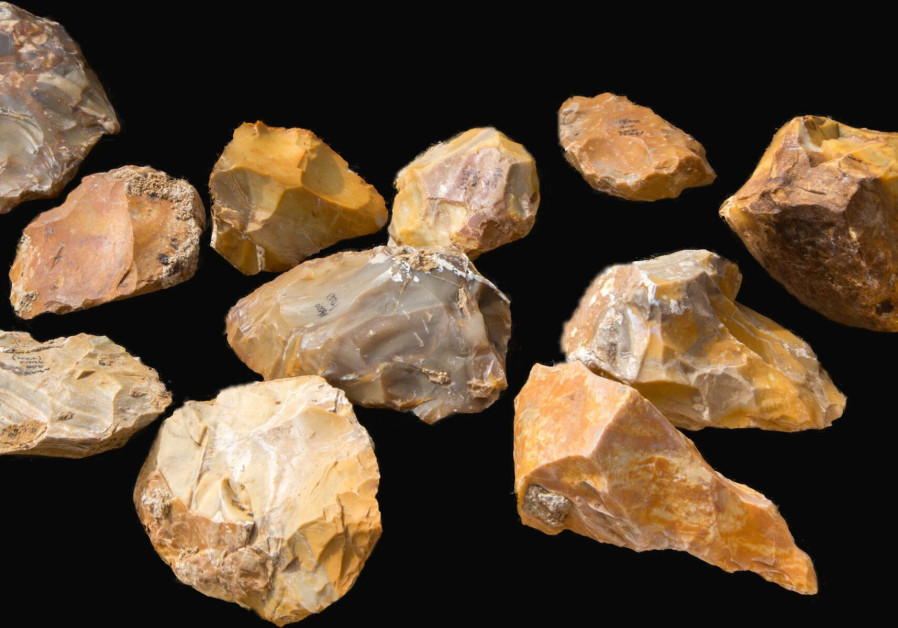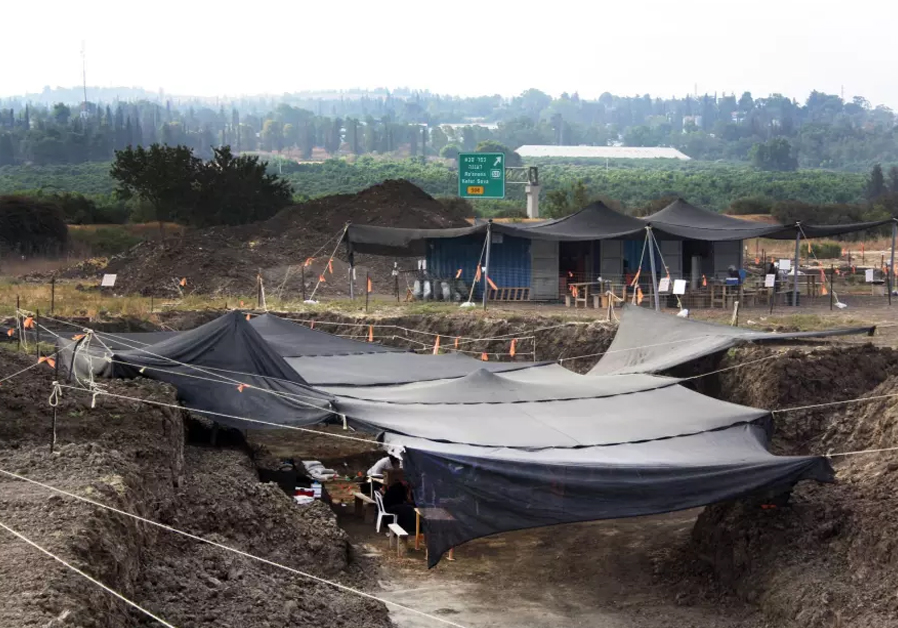A trail of garbage indicates that pre-historic people had their favorite meeting spots, too.
Lenten Campaign 2025
This content is free of charge, as are all our articles.
Support us with a donation that is tax-deductible and enable us to continue to reach millions of readers.
The discovery of pre-historic “picnic site” or meeting spot next to a highway in Israel shows that people living half a million years ago were perhaps more advanced than scientists had thought.
Archaeologists at the site, in an ancient river bed in Israel, discovered hundreds of thousands of tools, including some that were more advanced than the typical hand axes that had been previously unearthed.

According to a report at Haaretz.com, the typical carved hand ax (jokingly called “the Swiss army knives of the Paleolithic” by Ran Barkai, an archaeologist from Tel Aviv University) was a far more intricate tool that was produced in two stages:
First, the flint core was carefully knapped into a specific shape. Then, with one decisive stroke, the knapper would detach a flake that already had the form and size of the desired tool.
“It requires a conceptual leap that allows you to envision the desired tool in the flint core before you even start shaping it,” Barkai says.
This technique yields longer and thinner flakes, and may have been developed because hominids were starting to attach tools to wooden shafts, rather than just bludgeon away at things with their handheld axes, the archeologist speculates.
In addition, the site, which contained a wealth of tools and animal bones, indicated that the humans living at this time returned to the spot again and again. According to a report in the Jerusalem Post, the finding indicates that these hunter-gatherers had a “geographical memory” that they utilized to return to a particular spot on a seasonal basis.

Of this unique window into the lives of our ancesters, archaeologist Barkai told the Jersualem Post, “Our collective human past lies buried under the ground, and we have a one-time opportunity to travel 500 thousand years back in time and get to know the prehistoric humans who lived here before us, between Jaljulya and Route 6.”








